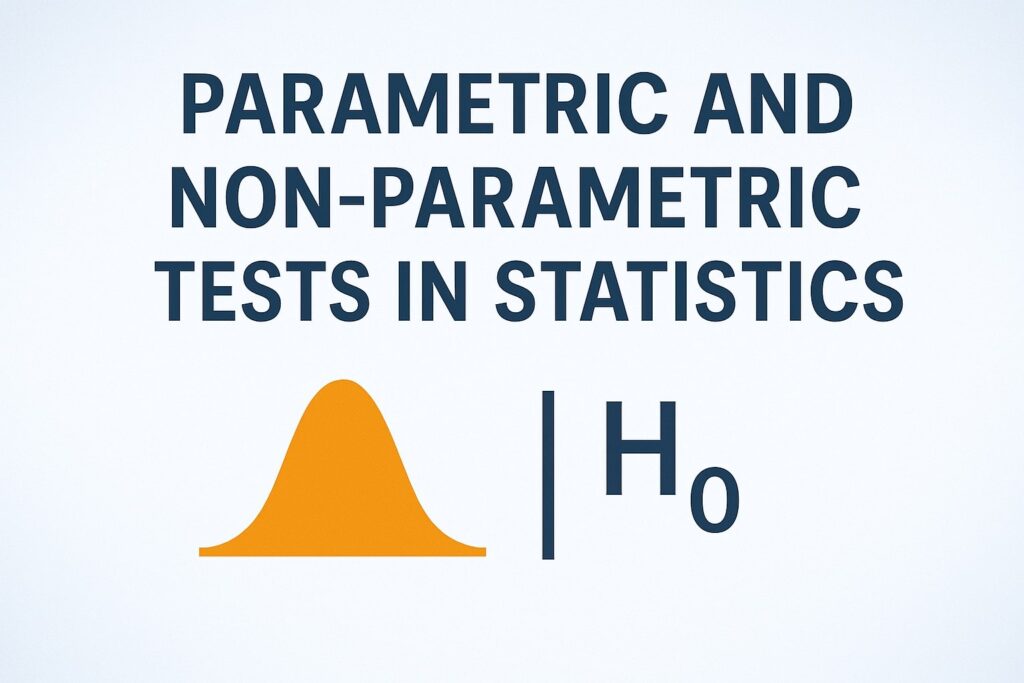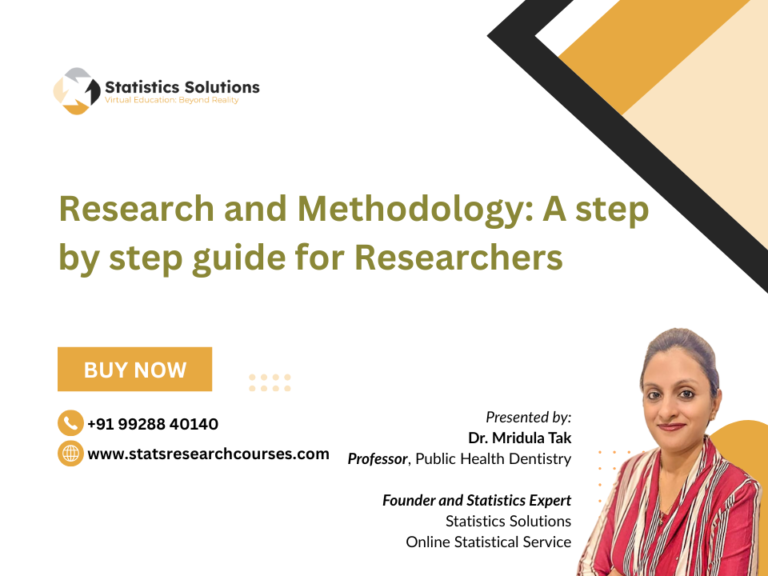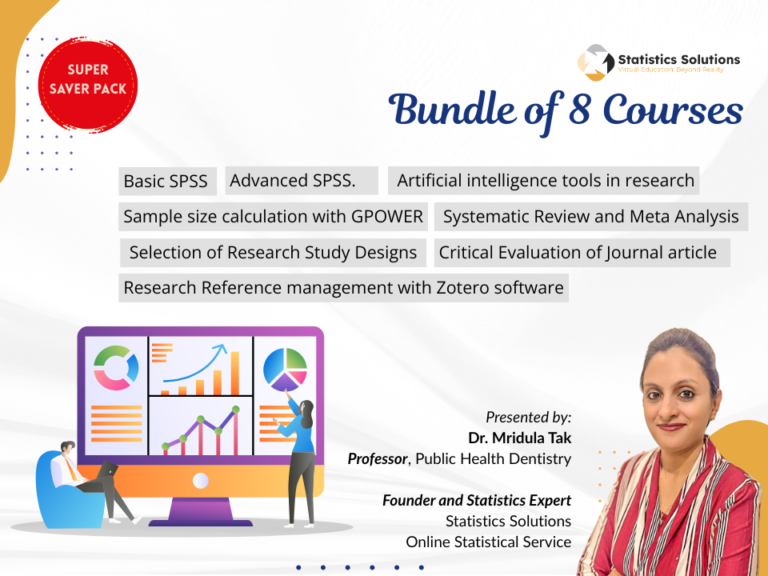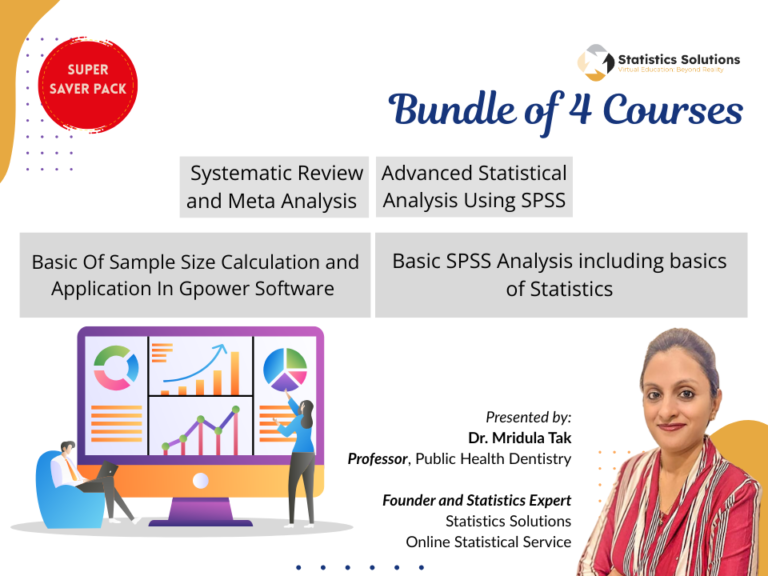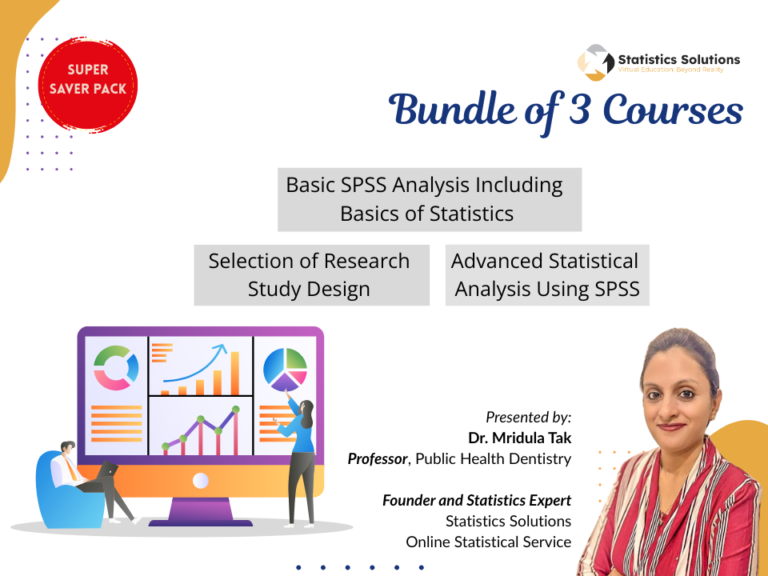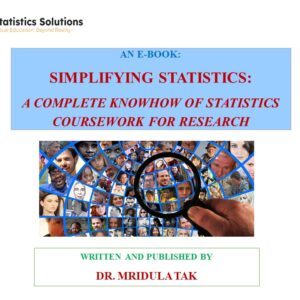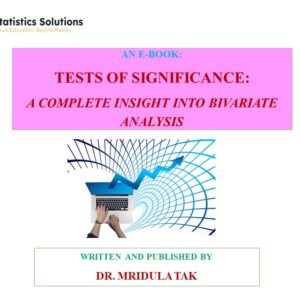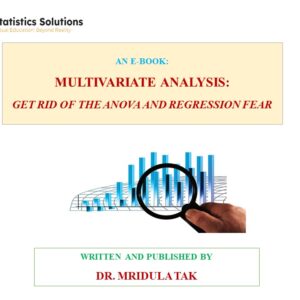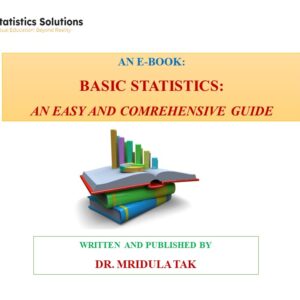Understanding the difference between parametric and non-parametric tests is essential for data analysts and researchers. These tests are important implements used to analyze and interpret data to reach out to valid conclusions. At Statistics Solutions, we provide access to various online video courses and eBooks on research methods and statistics, including our widespread data analyst course and other popular data analysis courses. In this blog, we will learn about parametric and non-parametric tests, exploring their definitions, examples, and applications.
What are Parametric Tests?
Parametric tests are statistical tests working on the assumption of normal distribution for the data. They are used to analyze quantitative data that which is normally distributed and show equal variances. Examples of parametric tests include Independent and paired t-tests, One way ANOVA and Repeated measures ANOVA and Pearsons Correlation tests. IBM SPSS or SPSS software is the user friendly software used to perform these tests.
What are Non-Parametric Tests?
Non-parametric tests are used to analyze data that do not meet the criteria for parametric tests, They analyze quantitative data which is not normally distributed or which is ordinal or ranked data. Examples of non-parametric tests include the Wilcoxon rank-sum test, Kruskal-Wallis test, and Spearman’s rank correlation coefficient test.
Example of application of Parametric and Non-Parametric Tests
Lets take a situation where we want to compare the meane scores of two groups of subjects (males and females). We will check the normality of data and if it follows normal distribution, we can use t-test (parametric test). But if the data is not normally distributed, we will use the Wilcoxon rank-sum test (non-parametric test).
Some parametric and non parametric tests
Independent t test is used to compare normally distributed data between two unpaired groups whereas Paired t test is used to compare two paired groups. For more than two groups, when data is normally distributed, the tests of significance are One way ANOVA for unpaired groups and Repeated measures ANOVA for paired groups.
Wilcoxon rank sum test is a non parametric test used to compare two unpaired groups when data is not normally distributed. The Kruskal-Wallis test is a non-parametric test used to compare more than two unpaired groups. For paired groups, when the data follows non normal distribution, comparison of two groups is done by Wilcoxon Sign Rank test and for more than two paired groups, comparison is done by Friedmans test.
Difference between Parametric and Non-Parametric Tests
The key differences between parametric and non-parametric tests are:
- Assumptions: Parametric tests assumes a normal distribution of data while non parametric tests do not assume normal distribution of data.
- Data type: Parametric tests are used for normally distributed quantitative data while non parametric tests are used for non normally distributed quantitative data and ordinal data.
Conclusion
In conclusion, understanding parametric and non-parametric tests is essential for data analysts and researchers. By choosing the right test for your data, you can unlock valuable insights and make informed decisions. At Statistics Solutions our best data analytics courses and data analyst best course are
- Research and Methodology: A step by step guide for researchers.
- Basic SPSS, Advanced SPSS and Sample size calculation with GPOWER
- Complete Research Methodology including Hypothesis testing and sample size
Whether you’re looking for a master’s degree in data analytics or simply want to improve your skills in research, we have something for everyone.
Additional Resources: Browse through our courses and ebooks if you are looking for
- IBM Data Science Professional Certificate
- Google Data Analytics Certification
- IBM Data Analyst Professional Certificate
- Best Data Analytics Courses
- Free Data Analytics Courses
Buy Ebooks Online -
-
Books
RESULT TABLES PREPARATION: NOW NO MORE STRUGGLE (A E-BOOK)
Rated 0 out of 5₹799.00Original price was: ₹799.00.₹399.00Current price is: ₹399.00. Add to cart -
Books
SIMPLIFYING STATISTICS: A COMPLETE KNOWHOW OF STATISTICS COURSEWORK FOR RESEARCH (AN E-BOOK)
Rated 0 out of 5₹1,399.00Original price was: ₹1,399.00.₹899.00Current price is: ₹899.00. Add to cart -
Books
TESTS OF SIGNIFICANCE: A COMPLETE INSIGHT INTO BIVARIATE ANALYSIS (AN E-BOOK)
Rated 0 out of 5₹899.00Original price was: ₹899.00.₹499.00Current price is: ₹499.00. Add to cart -
Books
MULTIVARIATE ANALYSIS – GET RID OF THE ANOVA AND REGRESSION FEAR (An E-book)
Rated 0 out of 5₹899.00Original price was: ₹899.00.₹499.00Current price is: ₹499.00. Add to cart -
Books
BASIC STATISTICS-AN EASY AND COMPREHENSIVE GUIDE (An E-book)
Rated 0 out of 5₹799.00Original price was: ₹799.00.₹399.00Current price is: ₹399.00. Add to cart

